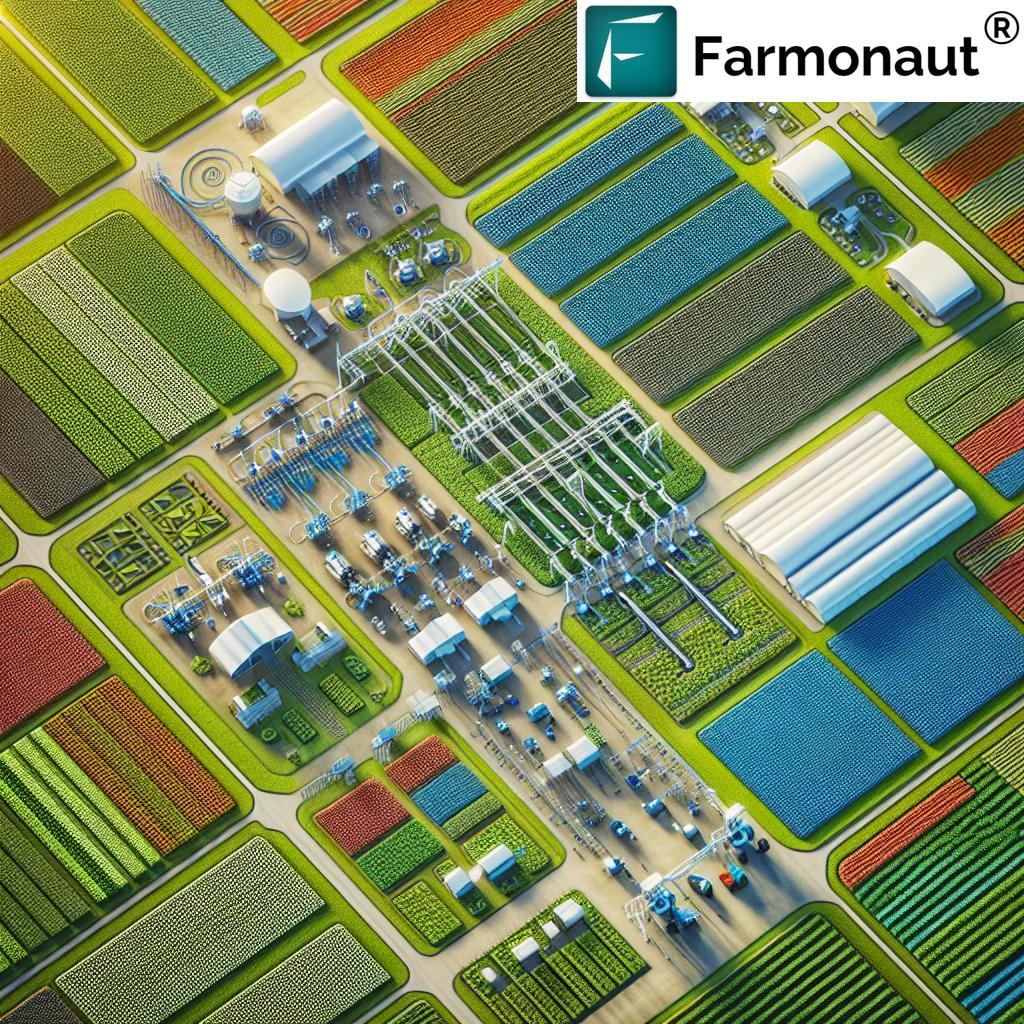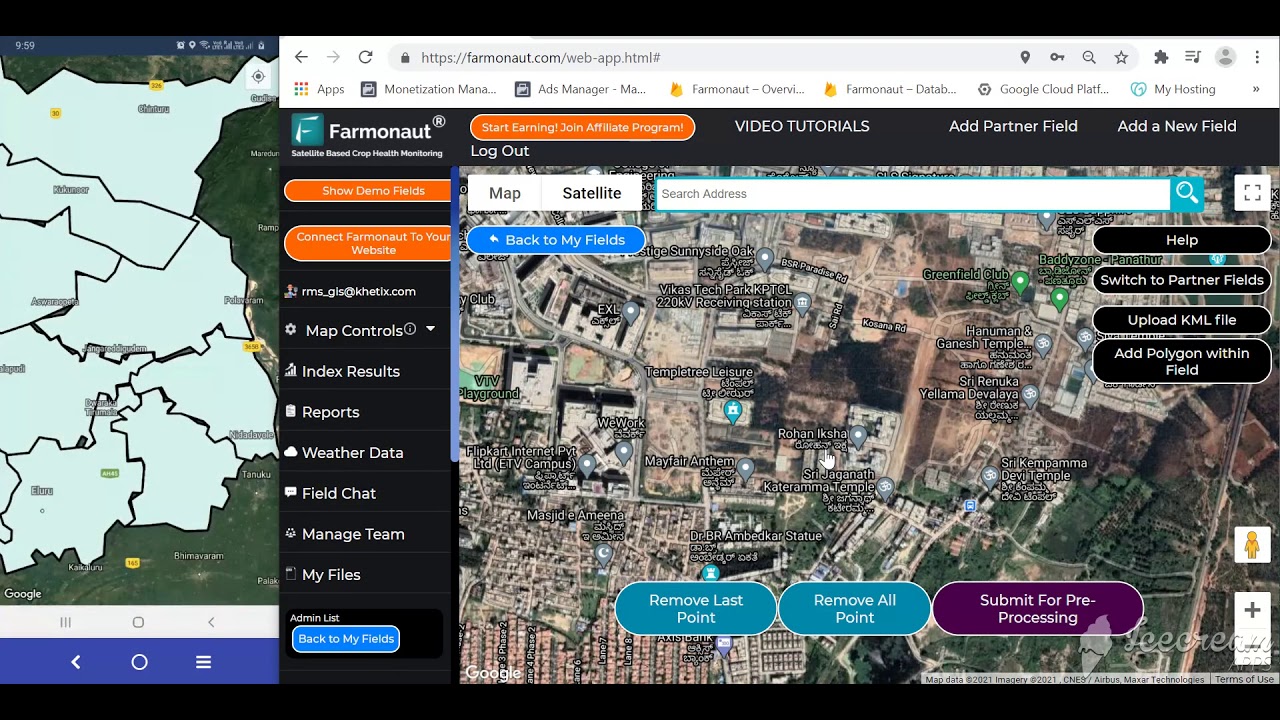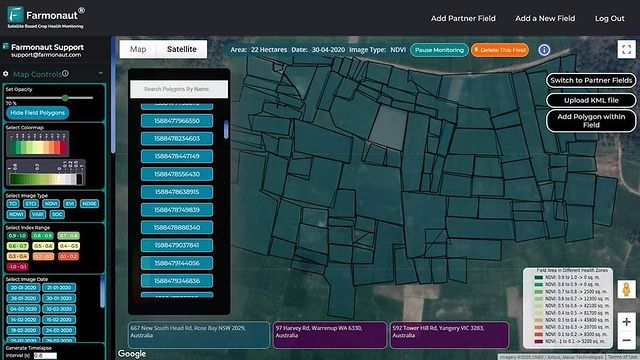Steps to Farming Success: 10 Powerful Ways to Start a Farm
Embarking on the journey to establish a farm is both exhilarating and challenging. Understanding how to start a farm means mastering not only cropping and livestock but also business planning, farm management, compliance with legal requirements, and marketing. With expert agricultural management strategies, sustainable practices, and clear budgeting, any aspiring farmer can set themselves on the path to long-term agricultural success. This detailed guide breaks down the essential steps for today’s farmers, designed for everyone from first-timers to seasoned operators seeking to reinvigorate their approach.
1. Develop a Comprehensive Farm Business Plan
The cornerstone of farming success is a robust farm business plan. This plan shapes every stage of farm development: from acquiring land to launching products in the market. By mapping out achievable goals and organizing your resources, you establish a blueprint for both daily operations and long-term growth.
- Executive Summary: Provide the farm’s mission, vision, and what products or services you will offer.
- Market Analysis: Use market research for farmers to identify demand, analyze competitors, and reveal target segments.
- Operational Strategies: Detail production methods (e.g., organic, regenerative), staffing, infrastructure, and workflow.
- Financial Plan: Estimate start-up expenses, ongoing costs, and projected revenue. Risk assessment and budgeting are pivotal.
Your farm business plan should lay the foundation for effective management, ensure smoother financing opportunities, and strengthen your pitch to investors or lenders.
Pro Tip: Review templates provided by agencies such as Farmers.gov for a head start.
2. Conduct Thorough Market Research for Farmers
Understanding what the market wants and recognizing the gaps is crucial for any agricultural venture. Market research for farmers sheds light on customer preferences, optimal pricing, emerging trends, and untapped business opportunities.
- Visit local farmers’ markets to observe which products are most sought after.
- Talk to restaurants, food retailers, and CSA coordinators about their sourcing preferences.
- Monitor industry publications and regional cooperative reports for pricing and competitive analysis.
- Research demand for niche markets, such as organic, specialty, or value-added products (e.g., cheese, jam, herbal teas).
A comprehensive market study informs your crop production planning, investment in infrastructure, and marketing strategies. It also allows you to set competitive prices and target the right audience.
More resources: Learn how to kick-start your research with PlanPros.
3. Secure Adequate Farm Financing Options
Financing enables you to turn plans into action. Explore multiple farm financing options to launch and grow your operation:
- Personal savings offer control but may limit your scope.
- Banks and credit unions provide business loans for land, equipment, and infrastructure with detailed business plans and collateral.
- Government and local authority agriculture programs (such as USDA grants/loans or regional incentives) can lower costs and support sustainable or minority-owned ventures.
- Angel investors and community financing like crowdfunding can fill gaps—especially for innovative farm models or products that attract wide public interest.
Tip: When preparing your loan or grant applications, ensure projected costs, expected expenses, and detailed cash flow estimates are supported by solid revenue forecasts. Adequate financial planning is essential for confident decision-making and building trust with lenders or investors.
For streamlined farm verification for crop loans and insurance via satellite, explore Farmonaut’s Satellite-Based Crop Loan Verification.
Handy reference: OwnersOasis: Guide to Farm Financing
4. Acquire Suitable Land for Farming Success
The right land is foundational for successful agriculture. Assess several factors before making this critical decision:
- Soil Quality: Prioritize fertile, well-draining soils. Test for pH, organic matter, and nutrients to optimize crop production planning.
- Water Availability: Assess surface and groundwater sources. Consider water management in agriculture for sustainable irrigation and mitigating drought risk.
- Climate: Match your crops or livestock to regional weather patterns, growing seasons, and climate change impacts.
- Proximity to Market: Closeness to buyers reduces transport costs and preserves the freshness of your products.
When purchasing or leasing farmland, conduct due diligence. This includes confirming property boundaries, examining the land’s history, checking physical and legal access, and understanding the area’s zoning and use restrictions.
See opportunities in land management with remote-sensing data: Farmonaut’s Large Scale Farm Management Tools
Further reading: How to Start a Farm: Detailed Land Guide
5. Obtain Farm Legal Permits and Licenses
Navigating legal permits and licenses is crucial for farm compliance and risk reduction. Make sure you get:
- Zoning and Land Use: Confirm the property is zoned for agricultural activities.
- Environmental Compliance: Adhere to local water, soil, and air regulations for sustainable farm operations.
- Health and Safety Licenses: Protect employees with the proper certifications, and comply with food safety for processing sales.
- Business Registration: Register the farm as an LLC, partnership, or other legal entity, and obtain an employer identification number (if applicable).
Legal compliance can streamline business operations, reduce startup risk, and enhance market credibility.
Recommended reading for U.S. farmers: Clemson Extension’s Farming Basics
6. Invest in Farm Equipment and Infrastructure
Efficient agriculture depends on judicious investment in tools, equipment, and supporting infrastructure. Focus on what streamlines your chosen production and marketing strategies:
- Farm Equipment: Tractors, planters, seeders, irrigation systems, and harvesting tools increase labor efficiency and reduce costs.
- Facilities: Storage sheds, barns, greenhouses, and fencing to protect assets and extend growing seasons.
- Technology: Modern management software helps track inventory, operating expenses, and sales data for smarter decision-making.
Carefully weigh initial outlay versus potential return. Used or leased equipment can reduce startup costs.
Fleet tracking and resource optimization for modern farms: Farmonaut’s Fleet Management Solutions
Further reading: Equipment Planning for Starting a Farm
7. Craft a Winning Farm Marketing Strategy
With the right marketing strategy, your farm stands out, builds customer loyalty, and grows sales. Actions for modern agricultural marketing:
- Branding: Develop a compelling identity (name, logo, farm story).
- Online Presence: Establish a website and active social media profiles showcasing your products, methods, and sustainability.
- Direct-to-Consumer Sales: Sell via local farmers’ markets, CSAs, or farm stands.
- Wholesale and Retail: Build partnerships with retailers, restaurants, food processors, and other institutions.
Differentiation helps you command better prices, especially with niche products or traceable, environmentally friendly options.
Explore secure supply chains with Farmonaut’s Blockchain Product Traceability
Read more: PlanPros: Farm Marketing Guide
8. Implement Financial Management Practices
Effective financial management helps ensure farm sustainability and long-term growth. Key practices include:
- Record-Keeping: Maintain meticulous records of income, expenses, labor hours, and inventory flows.
- Budgeting: Monitor costs—both fixed and variable—versus budgets regularly to identify savings or overruns.
- Tax Compliance: Understand all tax obligations, including income, sales, and property taxes. Consult experts for agricultural deductions.
- Financial Analysis: Study ratios (such as gross margin or cost per acre) to measure performance and steer decisions.
Expert support for agricultural accounting and analysis: Michigan State University: Farm Financial Management
9. Prioritize Sustainable Farming Practices
Sustainable practices enhance farm resilience, reduce long-term costs, and increase the value of your products. Focus areas:
- Soil Conservation: Rotate crops, use cover crops, integrate livestock judiciously, and minimize tillage to build healthy soil.
- Water Management in Agriculture: Invest in efficient irrigation systems (like drip irrigation), rainwater harvesting, and monitor for water efficiency.
- Integrated Pest Management: Balance biological, cultural, physical, and minimal chemical controls.
- Energy Efficiency: Adopt renewable energy sources, optimize resource use, and track carbon footprints to reduce environmental impact.
Advanced farm sustainability with ease: Farmonaut’s Carbon Footprinting Solutions
Detailed advice: Sustainable Farming Considerations
10. Continuous Education for Farming Excellence
The agricultural industry is ever-evolving. Staying current ensures your farm thrives and adapts to new challenges. Key activities:
- Attend workshops, seminars, and local extension events on farm management, economics, and new sustainable techniques.
- Network with other farmers, join agricultural groups, and participate in online forums.
- Solicit feedback from customers to refine your products and services.
- Leverage technology for on-demand advisory, real-time analytics, and continuous training.
Innovative crop plantation and forest advisory: Farmonaut’s Jeevn AI Advisory Platform
Stay updated: PlanPros: Expert Tips for New Farmers
Step-by-Step Farming Success Checklist
| Step Number | Step Description | Key Actions | Estimated Time Required | Estimated Initial Cost | Importance |
|---|---|---|---|---|---|
| 1 | Develop a Comprehensive Business Plan | Set goals, analyze market, forecast finances | 2-3 weeks | $0–$1,500 (mainly time & consulting fees) | High |
| 2 | Conduct Market Research | Survey buyers, analyze competitors, set pricing | 1-2 weeks | $100–$600 | High |
| 3 | Secure Adequate Financing | Explore loans, grants, investors, budget allocation | 1-4 weeks | $0–$2,000 (app fees, legal) | High |
| 4 | Acquire Suitable Land | Land search, soil analysis, water access check | 2–12 weeks | $1,000–$50,000+ | High |
| 5 | Obtain Legal Permits and Licenses | Apply for zoning, environmental, and business licenses | 1–6 weeks | $200–$2,000 | High |
| 6 | Invest in Equipment and Infrastructure | Purchase/lease tools, build storage, set up tech | 2–8 weeks | $2,000–$100,000+ | High |
| 7 | Develop Marketing Strategy | Branding, online and direct-to-market approach | 1–6 weeks | $250–$2,000 | Medium |
| 8 | Implement Financial Management | Set up accounting, regular performance reviews | 1–3 weeks | $300–$2,500/year | High |
| 9 | Apply Sustainable Practices | Soil, water, pest management, energy tracking | Ongoing | $250–$5,000 | High |
| 10 | Continuous Education & Adaptation | Join workshops, network, tech adoption | Ongoing | $100–$1,500/year | High |
Farmonaut’s Role in Modern Farm Management
As a leading agricultural technology provider, Farmonaut offers accessible, data-driven, and scalable solutions for smart farm management. We empower farmers, agribusinesses, and governments to turn resource management into a competitive advantage—from soil monitoring to harvest logistics.
- Satellite-Based Crop Health Monitoring: Real-time satellite images analyze crop health, soil moisture, NDVI, and offer actionable insights for water, nutrient, and pest management.
- Jeevn AI Advisory System: Receive personalized advisory on crop and farm management, driven by AI-powered analyses and meteorological data.
- Blockchain Traceability: Enable secure, transparent supply chains for greater market trust with our traceability module, perfect for farm-to-table marketing. Explore Traceability Solutions
- Fleet & Resource Management: Manage equipment and optimize logistics across complex agricultural operations, reducing costs and boosting performance. See Fleet Management in Action
- Carbon Footprinting: Track real-time environmental impact metrics for improved sustainability and compliance. Learn More about Carbon Footprinting
- API for Developers: Developers and businesses can tap into our satellite and weather API for custom agricultural solutions: Farmonaut API | API Documentation
Our mission is to make precision agriculture affordable and universally accessible—from field mapping to advanced crop production planning and regulatory compliance. Choose the Farmonaut App on web, Android, or iOS for instant access anywhere, anytime.
Frequently Asked Questions: How to Start a Farm
Q1: What is the first step in starting a farm?
A: Begin with a comprehensive business plan covering your goals, market, management, legal compliance, and finances. This lays the foundation for every subsequent decision.
Q2: How much money do I need to start a farm?
A: Costs vary greatly by scale, location, and chosen products. Small diversified vegetable plots can cost as little as $5,000–$20,000, while large commercial farms may require $100,000 or more for land, equipment, and infrastructure. New farmers should detail all expenses and seek a mix of personal savings, loans, and grants.
Q3: Do I need special licenses or permits to farm?
A: Yes. Zoning, business, food safety, environmental, and sometimes organic certifications are needed. Consult local authorities to ensure compliance and avoid penalties.
Q4: What are sustainable farming practices, and why are they important?
A: They include crop rotation, efficient water use, minimal chemical inputs, renewable energy, and soil conservation. These methods lower environmental impact, build long-term soil health, and can improve access to markets demanding “green” products.
Q5: How can technology simplify farm management and monitoring?
A: Platforms like Farmonaut use satellite imagery, AI, and blockchain to track crop health, suggest management strategies, verify field data for loans, simplify compliance, and provide actionable advice in real time—enhancing decision-making while saving time and resources.
Q6: Can I manage a farm remotely?
A: Absolutely. With mobile and web-based platforms such as Farmonaut’s, you can manage operations remotely, receive instant field insights, and deploy changes to your team, even offsite.
Q7: Where can I access free or low-cost farm management resources?
A: Many government agencies offer toolkits and advice, but digital apps like Farmonaut supply free satellite-based overviews and step-by-step modules to guide new farmers through the launch and growth of their farm.
Conclusion
Starting a farm today involves far more than traditional know-how—it requires a mastery of planning, resource management, compliance, digital marketing, and sustainable approaches. By adopting these 10 steps to farming success, aspiring farmers can mitigate risk, optimize operations, and set themselves up for growth in a rapidly evolving industry. As technology accelerates, leveraging powerful platforms like Farmonaut ensures real-time support, scalable insights, and a competitive edge—no matter your farm’s size or location.






















